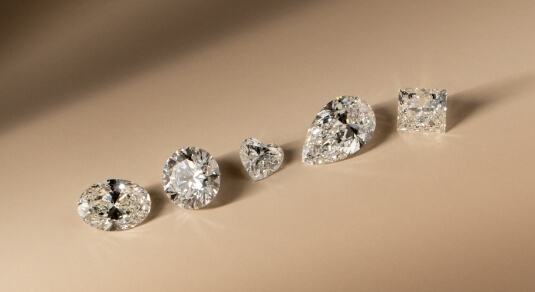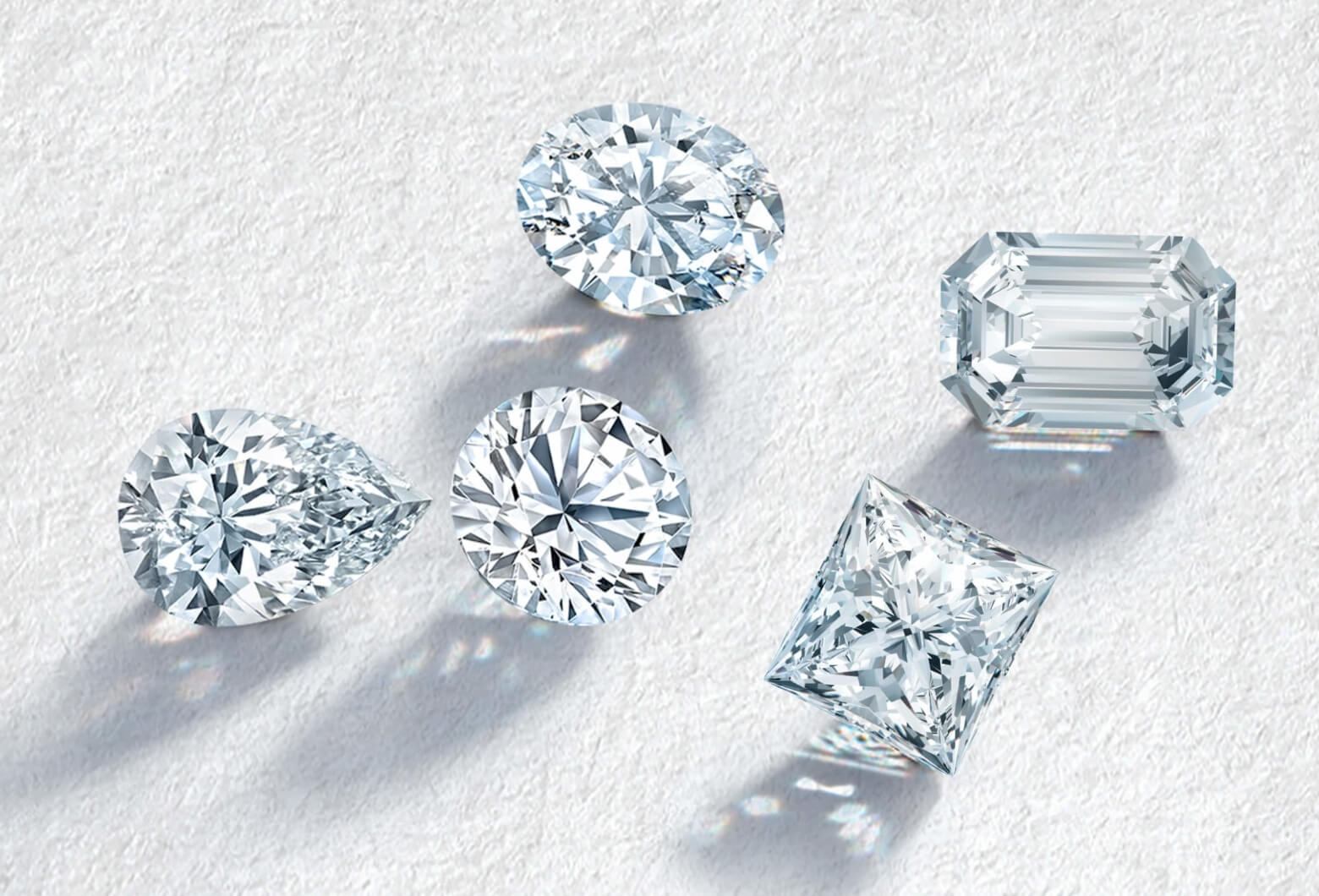Introduction
In recent years, lab-grown diamonds have been making waves in the jewelry industry. These ethically sourced gems offer a sustainable and environmentally friendly alternative to traditional mined diamonds. However, when shopping for lab-grown diamonds, it’s essential to understand the 4Cs: cut, clarity, color, and carat weight. In this guide, we’ll delve into each of these aspects to help you make an informed decision when purchasing lab-grown diamonds.
1. Cut: The Sparkle Factor
1.1 Understanding Cut Grades
When it comes to diamonds, the cut is perhaps the most crucial factor in determining its brilliance and sparkle. The cut grade refers to how well a lab grown diamonds interact with light, creating that mesmerizing sparkle we all love.
1.2 Ideal vs. Non-Ideal Cuts
Not all diamond cuts are created equal. An ideal cut diamond reflects light optimally, resulting in maximum brilliance. On the other hand, non-ideal cuts may appear dull and lackluster.
1.3 Importance of Cut in Lab-Grown Diamonds
Lab-grown diamonds are known for their precision cuts, often outperforming their mined counterparts in terms of brilliance. With advanced technology, manufacturers can achieve impeccable cuts, enhancing the beauty of lab-grown diamonds.
2. Clarity: Seeing Clearly
2.1 Grading Clarity in Diamonds
Clarity refers to the presence of internal flaws or inclusions within a diamond. These imperfections can affect the stone’s overall appearance and value.
2.2 How Clarity is Assessed
Diamond clarity is assessed using a scale ranging from Flawless (no inclusions) to Included (visible inclusions). The fewer the imperfections, the higher the clarity grade, and the more valuable the diamond.
2.3 Clarity in Lab-Grown Diamonds
One of the advantages of lab-grown diamonds is their exceptional clarity. Since they are grown in controlled environments, lab-grown diamonds often exhibit minimal to no inclusions, offering excellent clarity and visual appeal.
3. Color: Beyond the Rainbow
3.1 The Color Spectrum
Diamond color refers to the presence of yellow or brown hues in the stone. The Gemological Institute of America (GIA) grades diamond color on a scale from D (colorless) to Z (light yellow or brown).
3.2 Color Grading for Lab Grown Diamonds
Lab-grown diamonds typically exhibit minimal color, falling within the D to J color range. Some manufacturers even produce colorless diamonds (D-F), offering a pure and dazzling appearance.
3.3 Enhancing Color in Lab-Grown Diamonds
Advanced techniques allow manufacturers to control the color of lab-grown diamonds during the growth process. By minimizing impurities, they can produce diamonds with exceptional color consistency and purity.
4. Carat Weight: Size Matters
4.1 Understanding Carat Weight
Carat weight refers to the size of a diamond and is often equated with its perceived value. However, lab grown diamonds 4Cs, carat weight alone does not determine a diamond’s beauty or quality.
4.2 Finding the Right Balance
When selecting a lab-grown diamond, it’s essential to strike a balance between carat weight and other factors like cut, clarity, and color. A smaller diamond with excellent cut and clarity can appear more stunning than a larger stone with inferior characteristics.
4.3 Maximizing Value with Carat Weight
Opting for a slightly lower carat weight can allow you to invest in higher quality aspects like cut and clarity, ultimately maximizing the value and beauty of your lab-grown diamond.
Conclusion
In conclusion, understanding the 4Cs—cut, clarity, color, and carat weight—is essential when shopping for lab-grown diamonds. By considering these factors, you can ensure that you select a diamond that not only dazzles with its brilliance but also aligns with your values of sustainability and ethical sourcing.




